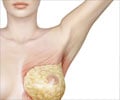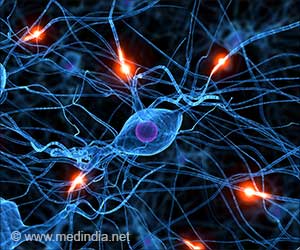Highly aggressive breast cancers might in future be "put to sleep" rather than attacked with chemotherapy, research from an Australian scientist published Wednesday suggests.
Highly aggressive breast cancers might in future be "put to sleep" rather than attacked with chemotherapy, research from an Australian scientist published Wednesday suggests.
Dr. Alex Swarbrick of Sydney's Garvan Institute said the research, conducted in collaboration with US-based Nobel prize winning Professor J. Michael Bishop, found that a gene called Id1 drives some breast cancers.But by switching the gene on and off, it was possible to either encourage or shrink tumours.
In experiments with mice, Swarbrick found that by stimulating the gene he could create tumours. Moreover, mammary cancers with high levels of the gene became very aggressive and were likely to spread to the rest of the body.
"We also showed that if we genetically switch off the Id1 gene in an established tumour, those mice live much longer than mice with continual Id1 expression in their tumour," he said in a statement.
"In fact, about 40 percent of them were cured and the tumours just shrank away."
Swarbrick said the findings, published online in the US journal of the Proceedings of the National Academy of Sciences, suggested that as well as trying to kill cancer cells, doctors could also try to put breast tumours to sleep.
Advertisement
The research results suggested that by therapeutically targetting genes which could switch off the cancers, such as Id1, tumours could be put to sleep, he said.
Advertisement
Swarbrick began his research three years ago while working as a post-doctoral researcher at Bishop's laboratory at the University of California San Francisco but analysed the data and tissue samples at Garvan.
Source-AFP
SRM/L











